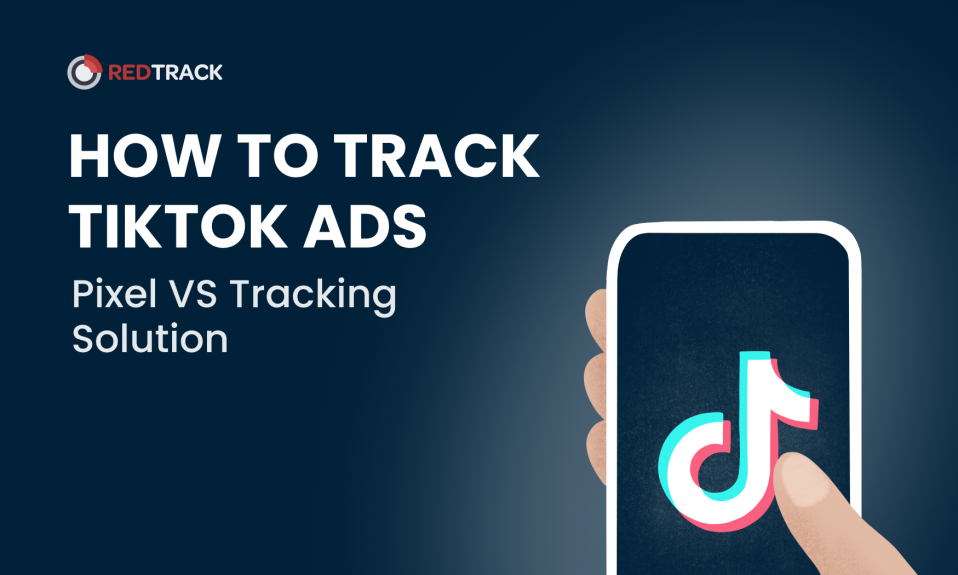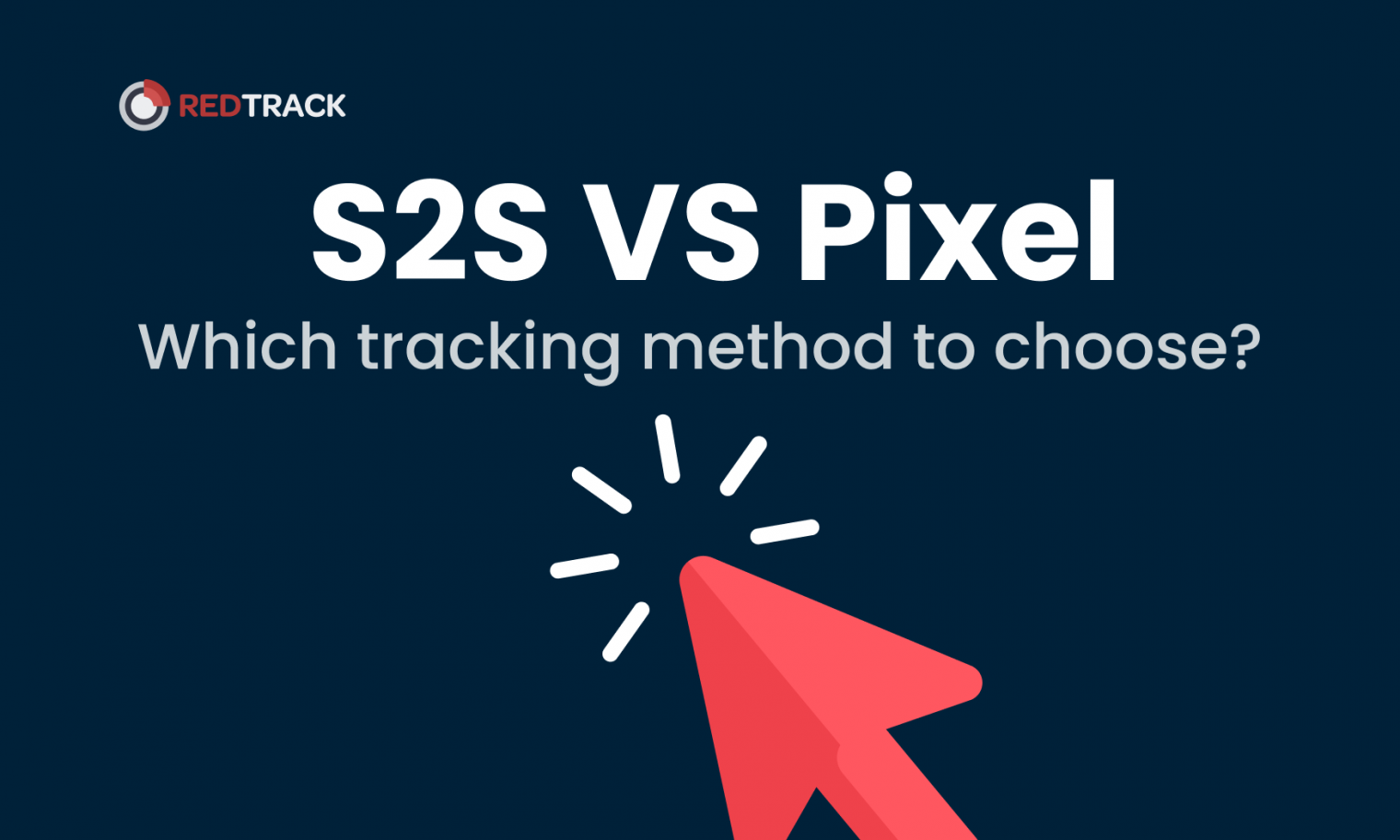
Check our 2-minute video to explore 5 reasons users choose RedTrack as their ad tracking & attribution partner.
In the fast-paced realm of digital marketing and media buying, understanding the nuances of an affiliate agreement is crucial. This glossary aims to demystify this key term in a straightforward, narrative style, specifically tailored for marketers.
At its core, an affiliate agreement is a contract between two parties: the advertiser and the affiliate. The advertiser is typically a company looking to promote its products or services, while the affiliate is an individual or entity that advertises these offerings in exchange for a commission.
Commission Structure: This is the backbone of the affiliate agreement. It details how the affiliate will be compensated. Common structures include pay-per-sale, pay-per-click, and pay-per-lead. Understanding this part is crucial for media buyers to strategize their ad placements.
Payment Terms: Clarifies the frequency and method of payments. Marketers must be aware of payment schedules to manage cash flows effectively.
Cookies and Tracking: Essential for digital marketing, this section outlines how customer actions are tracked back to the affiliate. Cookie duration is a critical factor here, impacting how long an affiliate can earn commission after a user's initial click.
Promotional Methods: This specifies the allowed marketing tactics, like email marketing, social media ads, or content marketing. Knowing the boundaries here is key to crafting compliant and effective strategies.
Intellectual Property: Outlines the use of brand assets. Marketers must understand the dos and don'ts to maintain brand consistency and avoid legal pitfalls.
Termination Clauses: Details how either party can exit the agreement. A must-know for marketers to understand the stability and longevity of the partnership.
Compliance is a critical aspect. The agreement often includes restrictions on the use of certain marketing methods and adherence to legal and ethical standards. This includes abiding by privacy laws and avoiding misleading advertising practices.
Performance metrics and reporting are the lifeblood of affiliate marketing. The agreement should detail the types of reports the affiliate will receive, like click-through rates or conversion metrics, and the frequency of these reports. This data is vital for media buyers to optimize campaigns.
Often, affiliate agreements involve a third party: the affiliate network. These networks act as intermediaries, providing a platform for advertisers and affiliates to connect. They can simplify the process but also add another layer of terms and conditions.
This section covers the legal responsibilities of both parties. It includes clauses on indemnification (protection against losses) and limitations of liability. Marketers need to be aware of these to mitigate risks.
Read and Understand: Before diving into affiliate marketing, thoroughly understand every clause in the agreement.
Compliance is Key: Always adhere to the agreed-upon promotional methods and legal guidelines.
Track and Optimize: Utilize tracking data to continually optimize your marketing strategies.
Communication**: Maintain open lines of communication with the advertiser or network for clarifications and updates.
Stay Informed: Keep abreast of changes in digital marketing trends and regulations.
For marketers in the digital advertising and media buying sphere, comprehending the intricacies of an affiliate agreement is non-negotiable. This glossary provides a clear, concise overview, allowing marketers to navigate these agreements with confidence and expertise.

Check our 2-minute video to explore 5 reasons users choose RedTrack as their ad tracking & attribution partner.

Join our Facebook group to participate in the discussions, share your insights with like-minded people, and ask for support if needed.

Find out how Financer.com optimized the conversion rates of both organic and paid traffic by 60% with RedTrack.